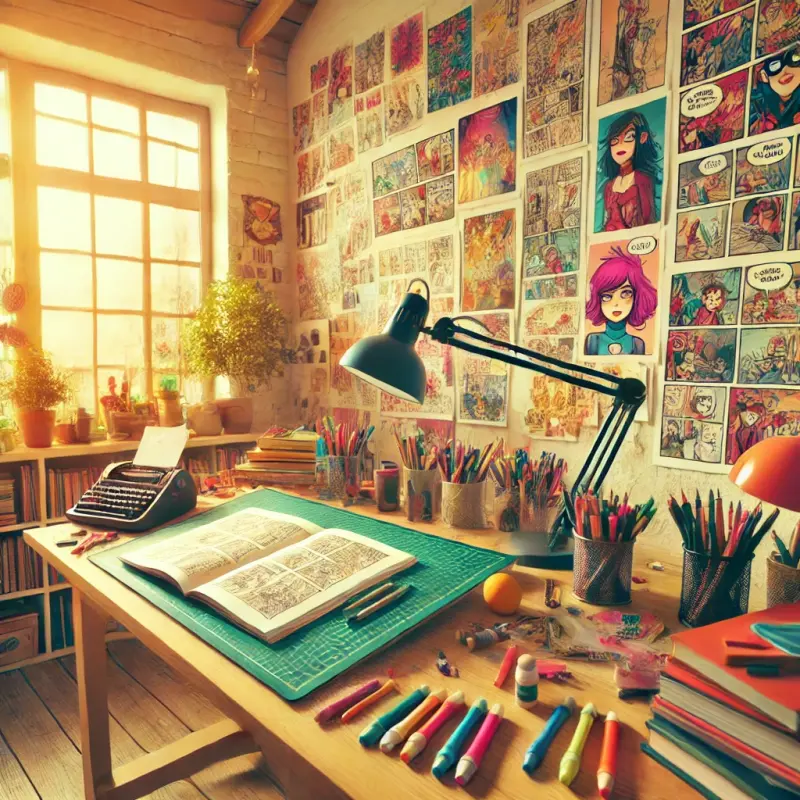Unleashing Creativity: Developing Artistic Thinking Through Comic Creation
Creativity is not just an innate talent; it's a skill that can be cultivated and refined. Among the myriad of ways to develop creative thinking, creating comics stands out as both a unique and engaging method. This article explores how the multifaceted process of comic creation can be a powerful tool to expand your creative horizons.
Why Comics?
Comics are a unique medium that combines both visual and textual storytelling elements. Unlike traditional forms of writing or drawing, comics require you to think sequentially and holistically. This form of art demands creativity not just in sketching characters or scenes but also in weaving stories that can captivate and entertain.
Starting with the Basics
The first step in using comics for creative development is understanding the basics of the craft. A comic is typically composed of panels that tell a story through a series of frames. Each panel serves as a snapshot of an action or a scene, linked together by narratives and dialogues.
1. Sketching Your Ideas
Begin by sketching simple ideas without worrying about perfection. This preliminary stage is about letting your thoughts flow and capturing the essence of what you want to convey. You might start with stick figures or basic shapes and focus on the action and emotion rather than detailed artwork.
2. Crafting a Storyline
Every comic needs a storyline. Start with a simple concept or an interesting question. What if a daydreamer could bring their dreams into reality? How would a conversation between the sun and the moon play out? From this point, you can build a plot, develop characters, and create a world that reflects your unique perspective.
3. Dialogue and Expression
Once you have the skeleton of your story, think about the dialogues. How your characters interact and express themselves can add depth to the story. Remember, comic creation is not just about drawing; it's about storytelling. Expressions, gestures, and choice of words all play critical roles.
Techniques to Enhance Creativity
To truly benefit from the creative potential of making comics, here are some techniques you can employ:
- Mind Mapping: Before you start drawing, create a mind map of your story. This can help in organizing your thoughts and branching out your story arcs.
- Experiment with Styles: Don’t stick to one style. Experiment with different artistic techniques and narratives. This experimentation is valuable for finding your unique voice and for keeping the creative process fresh and exciting.
- Feedback and Iteration: Share your drafts with friends or fellow artists. Feedback is crucial as it provides new perspectives and ideas which you might not have considered.
